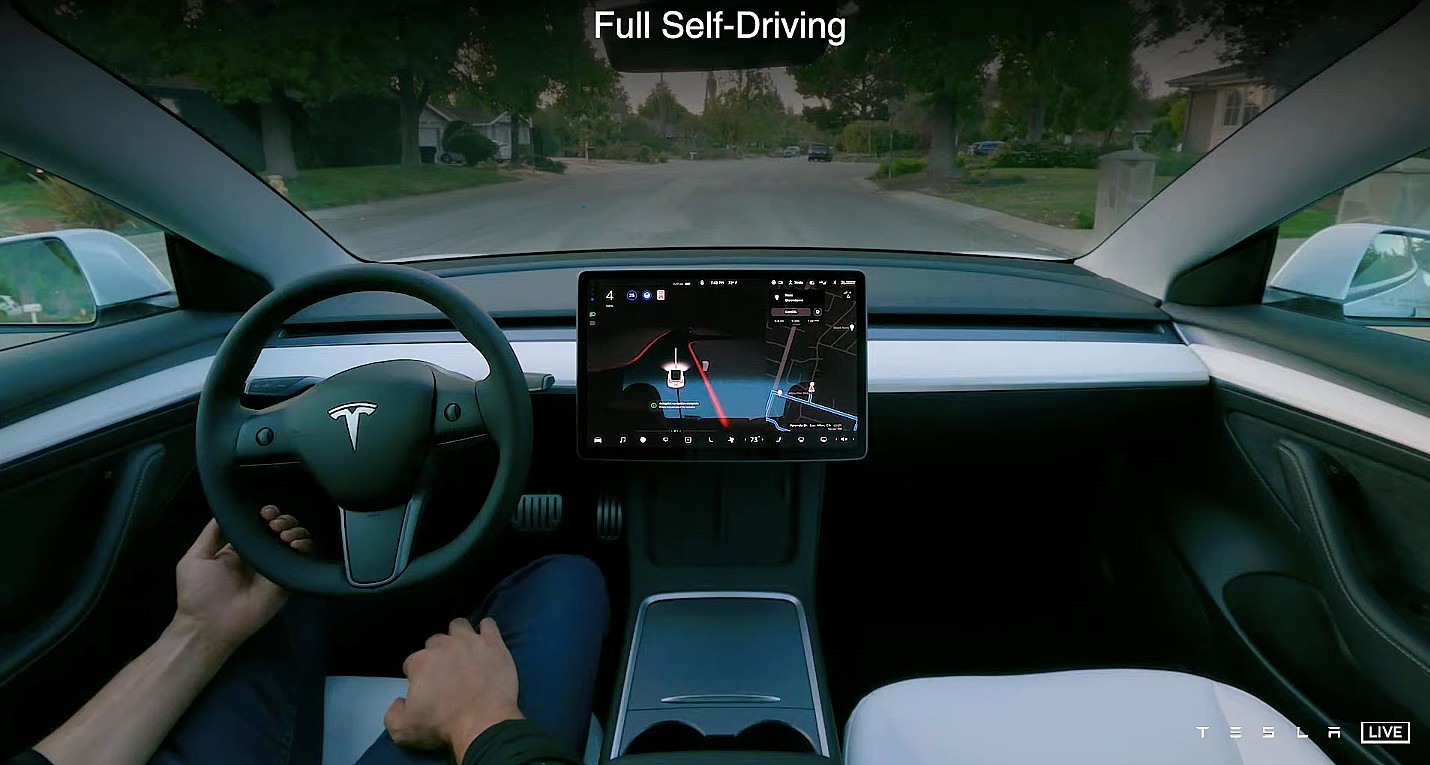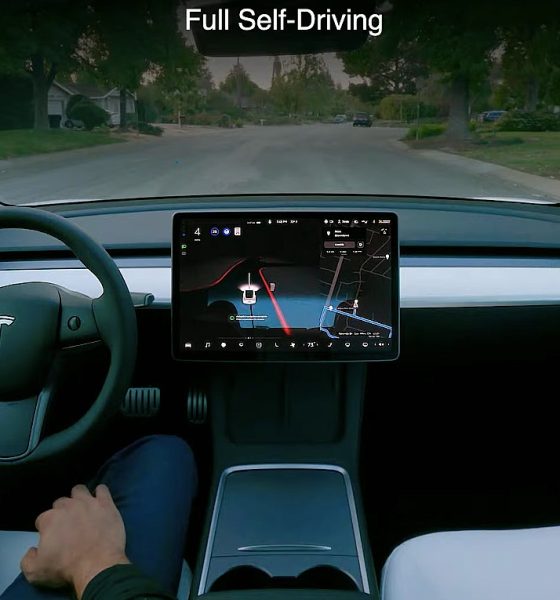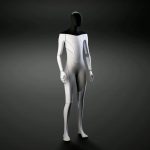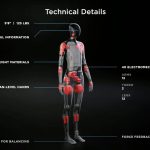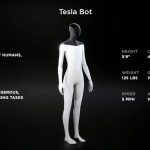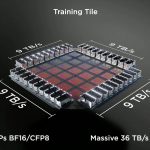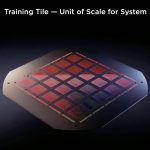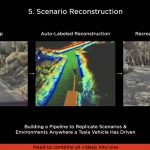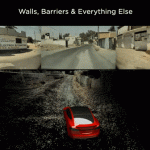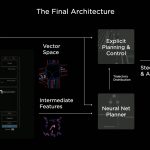Tesla’s AI Day is here. In a few minutes, Tesla watchers would be seeing executives like Elon Musk provide an in-depth discussion on the company’s AI efforts on not just its automotive business but on its energy business and beyond as well. AI Day promises to be yet another tour-de-force of technical information from the electric car manufacturer. Thus, it is no surprise that there is a lot of excitement from the EV community heading into the event.
Tesla has kept the details of AI Day behind closed doors, so the specifics of the actual event are scarce. That being said, an AI Day agenda sent to attendees indicated that they could expect to hear Elon Musk speak during a live keynote, speak with Andrej Karpathy and the rest of Tesla’s AI engineers, and participate in breakout sessions with the teams behind Tesla’s AI development.
Similar to Autonomy Day and Battery Day, Teslarati would be following along on AI Day’s discussions to provide you with an updated account of the highly-anticipated event. Please refresh this page from time to time, as notes, details, and quotes from Elon Musk’s keynote and its following discussions will be posted here.
Simon 19:40 PT – A question about the use cases for the Tesla Bot was asked. Musk notes that the Tesla Bot would start with boring, repetitive, work, or work that people would least like to do.
Simon 19:25 PT – A question about AI and manufacturing is asked and how it potentially relates to the “Alien Dreadnaught” concept. Musk notes that most of Tesla’s manufacturing today is already automated. Musk also noted that humanoid robots would be done either way, so it would be great for Tesla to do this project, and safely as well. “We’re making the pieces that would be useful for a humanoid robot, so we should probably make it. If we don’t someone else will — and we want to make sure it’s safe,” Musk said.
Simon 19:15 PT – And the Q&A starts. First question involves open-sourcing Tesla’s innovations. Musk notes that it’s pretty expensive to develop all this tech, so he’s not sure how things could be open-sourced. But if other car companies would like to license the system, that could be done.
Simon 19:11 PT – There will really be a “Tesla Bot.” It would be built by humans, for humans. It would be friendly, and it would eliminate dangerous, repetitive, boring tasks. This is still petty darn unreal. It uses the systems that are currently being developed for the company’s vehicles. “There will be profound applications for the economy,” Musk said.
Simon 19:06 PT – New products! A whole Tesla suit?! After a fun skit, Elon says the “Tesla Bot” would eventually be real.
Simon 19:00 PT – What is crazy is that Dojo is not even done. This is just what it is today. Dojo is still evolving, and it is going to be way more powerful in the future. Now, it’s Elon Musk’s turn. What’s next for Tesla beyond vehicles.
Simon 19:00 PT – Venkataramanan teases the ExaPOD. Yet another revolutionary solution from Tesla. With all this, it is evident that Tesla’s approach to autonomy is on a whole other level. It would not be surprising if it takes Wall Street and the market a few days to fully absorb what is happening here.
Simon 18:55 PT – The specs of Dojo are insane. Behind its beastly specs, it seems that Dojo’s full potential lies in the fact that all this power is being used to do one thing: to make autonomous cars possible. Dojo is a pure learning machine, with more than 500,000 training nodes being built together. Nine petaflops of compute per tile, 36 terabytes per second of off-tile bandwidth. But this is just the tip of the iceberg for Dojo.
Simon 18:50 PT – Ganesh Venkataramanan, Project Dojo’s lead, takes the stage. He states that Elon Musk wanted a super-fast training computer to train Autopilot. And thus Project Dojo was born. Dojo is a distributed compute architecture connected by network fabric. It also has a large compute plane, extremely high bandwidth with low latencies, and big networks that are partitioned and mapped, to name a few.
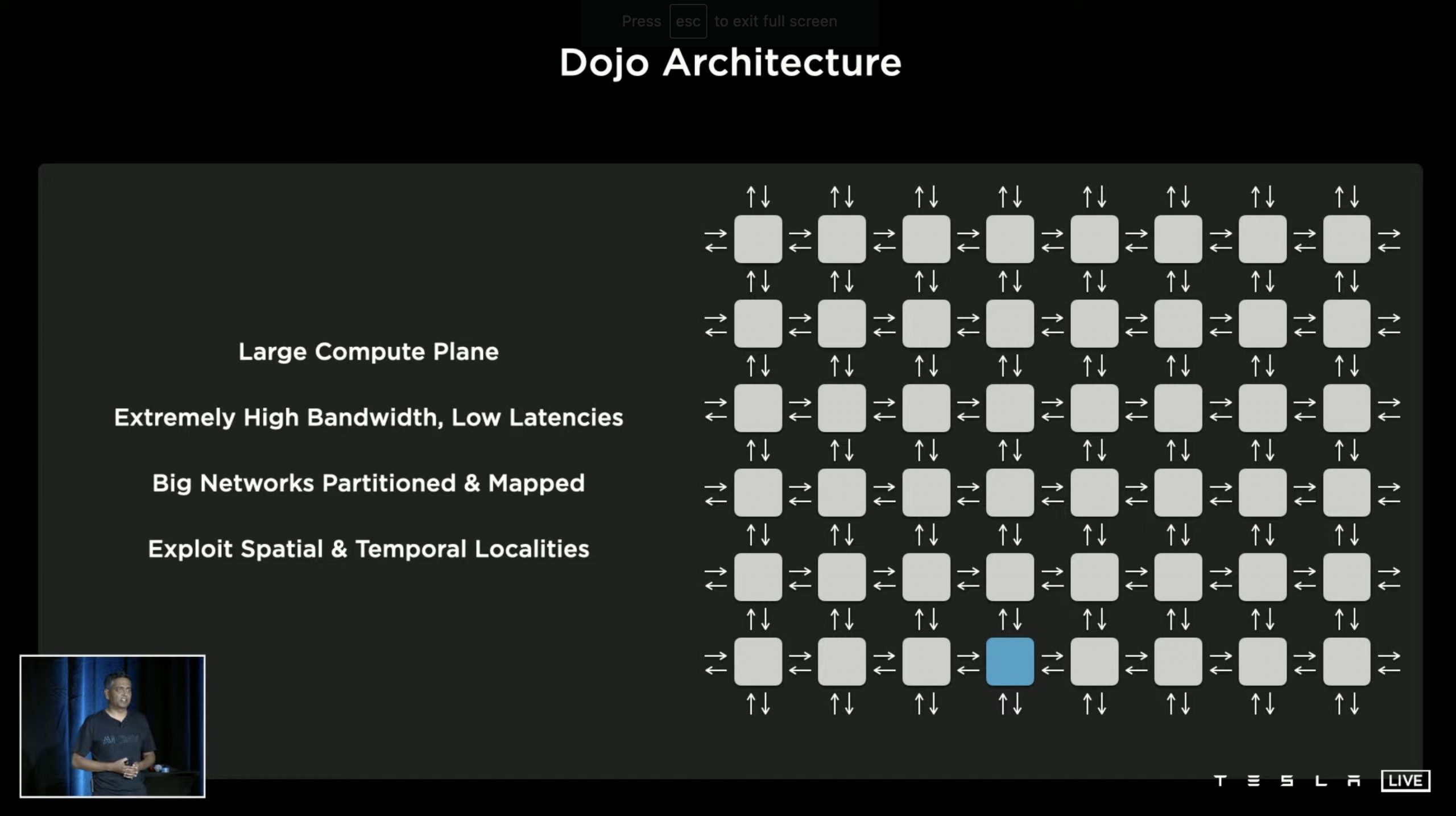
Simon 18:45 PT – Milan Kovac, Tesla’s Director of Autopilot Engineering takes the stage. He notes that he would discuss how neural networks are run in the company’s cars. He notes that Tesla’s systems require supercomputers.
Simon 18:40 PT – Ashok notes that simulations have helped Tesla a lot already. It has, for example, helped the company identify pedestrian, bicycle, and vehicle detection and kinematics. The networks in the vehicles were traded to 371 million simulated images and 480 million cuboids.
Simon 18:35 PT – Ashok notes that these strategies ultimately helped Tesla retire radar from its FSD and Autopilot suite and adopt a pure vision model. A comparison between a radar+camera system and pure vision shows just how much more refined the company’s current strategy is. The executive also touched on how simulations help Tesla develop its self-driving systems. He states that simulations help when data is difficult to source, difficult to label, or in a closed loop.
Simon 18:30 PT – Ashok returns to discuss Auto Labeling. Simply put, there is so much labeling that needs to be done that it’s impossible to be done manually. He shows how roads and other items on the road are “reconstructed” from a single car that’s driving. This effectively allowed Tesla to label data much faster, while allowing vehicles to navigate safely and accurately even when occlusions are present.
Simon 18:25 PT – Karpathy returns to talk about manual labeling. He notes that manual labeling that’s outsourced to third-party firms is not optimal. Thus, in the spirit of vertical integration, Tesla opted to establish its own labeling team. Karpathy notes that in the beginning, that Tesla was using 2D image labeling. Eventually, Tesla transitioned to 4D labeling, where the company could label in vector space. But even this was not enough, and thus, auto labeling was developed.
Simon 18:23 PT – The executive states that traffic behavior is extremely complicated, especially in several parts of the world. Ashok notes that this partly illustrated by parking lots and how they are actually complex. Summoning a car from a parking lot, for example, used to utilize 400k notes to navigate, resulting in a system whose performance left much to be desired.
Simon 18:18 PT – Ashok notes that when driving alongside other cars, Autopilot must not only think about how they would drive, they must also think about how other cars would operate. He shows a video of a Tesla navigating a road and dealing with multiple vehicles to demonstrate this point.
Simon 18:15 PT – Director of Autopilot Software Ashok Elluswamy takes the stage. He starts off by discussing some key problems in planning in both non-convex and high-dimensional action spaces. He also shows Tesla’s solution to these issues, a “Hybrid Planning System.” He demonstrates this by showing how Autopilot performs a lane change.
Simon 18:10 PT – Karpathy’s discussion notes that today, Tesla’s FSD strategy is a lot more cohesive. This is demonstrated by the fact that the company’s vehicles could effectively draw a map in real-time as it drives. This is a massive difference compared to the pre-mapped strategies employed by rivals in both the automotive and software field like Super Cruise and Waymo.
To solve several problems encountered over the last few years with the previous suite, Tesla re-engineered their NN learning from the ground up and utilized a multi-head route, camera calibrations, caching, queues, and optimizations to streamline all tasks.
(heavily simplified) pic.twitter.com/LG2TRgjxip
— Teslascope (@teslascope) August 20, 2021
Simon 18:05 PT – The AI Director discusses how Tesla practically re-engineered their neural network learning from the ground-up and utilized a multi-head route. These include camera calibrations, caching, queues, and optimizations to streamline all tasks. Do note that this is an extremely simplified iteration of Karpathy’s discussion so far.
Simon 18:00 PT – Karpathy covers more challenges that are involved in even the basics of perception. Needless to say, AI Day is quickly proving to be Tesla’s most technical event right off the bat. That said, multi-camera networks are amazing. They’re just a ton of work, but it may very well be a silver bullet for Tesla’s predictive efforts.
Simon 17:56 PT – Karpathy showcases a video of how Tesla used to process its image data in the past. He shows a popular video for FSD that has been shared in the past. He notes that while great, such a system proved to be inadequate, and this is something that Tesla learned when it launched Smart Summon. While per-camera detection is great, the vector space proves inadequate.
Simon 17:55 PT – Karpathy noted that when Tesla designs the visual cortex in its car, the company is modeling it to how a biological vision is perceived by eyes. He also touches on how Tesla’s visual processing strategies have evolved over the years, and how it is done today. The AI Director also touches on Tesla’s “HydraNets,” on account of their multi-task learning capabilities.
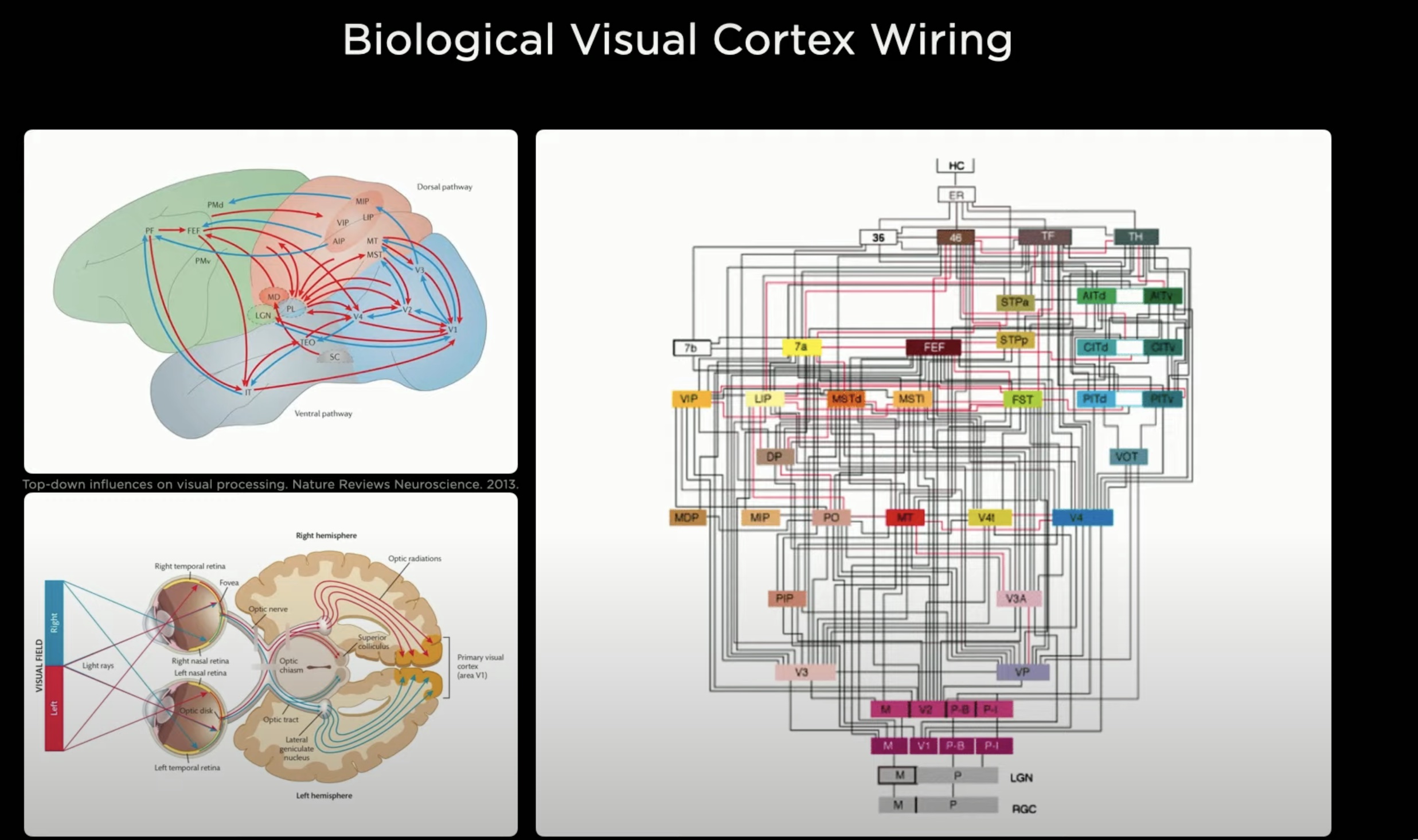
Simon 17:51 PT – Karpathy starts off by discussing the visual component of Tesla’s AI, as characterized by the eight cameras used in the company’s vehicles. The AI director notes that AI could be considered like a biological being, and it’s built from the ground up, including its synthetic visual cortex.
Simon 17:48 PT – Elon Musk takes the stage. He apologizes for the event’s delay. He jokes that Tesla probably needs AI to solve these “technical difficulties.” The CEO highlights that AI Day is a recruitment event. He calls Tesla’s head of AI Andrej Karpathy. There’s no better person to discuss AI.
Simon 17:45 PT – We’re here watching the AI Day FSD preview video and we can’t help but notice that… are those Waypoints?!
Simon 17:38 PT – Looks like we’ve got an Elon sighting! And a preview video too! Here we go, folks!
We’ve got an Elon sighting
— Rob Maurer (@TeslaPodcast) August 20, 2021
Simon 17:30 PT – A 30-minute delay. We haven’t seen this much delay in quite a bit.
Simon 17:20 PT – It’s a good thing that Tesla has great taste in music. Did Grimes mix this track?
Simon 17:15 PT – We’re 15 minutes in. “Elon Time” is going strong on AI Day. To be honest, though, this music would fit the “Rave Cave” in Giga Berlin this coming October.
Simon 17:10 PT – A good thing to keep in mind is that AI Day is a recruitment event. Some food for thought just in case the discussions take a turn for the extremely technical. AI Day is designed to attract individuals who speak Tesla’s language in its rawest form. We’re just fortunate enough to come along for the ride.
Tesla Board Member Hiro Mizuno sums it up in this tweet pretty well.
Anybody passionate about real world AI !! https://t.co/ydaWQlkE4O
— HIRO MIZUNO (@hiromichimizuno) August 20, 2021
Simon 17:05 PT – I guess AI Day is starting on “Elon Time?” We’re on to the next track of chill music.
Simon 17:00 PT – And with 5 p.m. PST here, the music is officially live on the AI Day live stream. Looks like we’re in for some wait. Wonder how many minutes it would take before it starts? Gotta love this chill music though.
Simon 16:58 PT – While waiting, I can’t help but think that a ton of TSLA bears and Wall Street would likely not understand the nuances of what Tesla would be discussing today. Will Tesla go three-for-three? It was certainly the case with Battery Day and Autonomy Day.
Made it pic.twitter.com/aAWqxgf0bP
— Johnna (@JohnnaCrider1) August 19, 2021
Simon 16:55 PT – T-minus 5 minutes. Some attendees of AI Day are now posting some photos on Twitter, but it seems like photos and videos are not allowed on the actual venue of the event. Pretty much expected, I guess.
Simon 16:50 PT – Greetings, everyone, and welcome to another Live Blog. This is Tesla’s most technical event yet, so I expect this one to go extremely in-depth on the company’s AI efforts and the technology behind it. We’re pretty excited.
Don’t hesitate to contact us with news tips. Just send a message to tips@teslarati.com to give us a heads up.

News
Nvidia CEO Jensen Huang explains difference between Tesla FSD and Alpamayo
“Tesla’s FSD stack is completely world-class,” the Nvidia CEO said.

NVIDIA CEO Jensen Huang has offered high praise for Tesla’s Full Self-Driving (FSD) system during a Q&A at CES 2026, calling it “world-class” and “state-of-the-art” in design, training, and performance.
More importantly, he also shared some insights about the key differences between FSD and Nvidia’s recently announced Alpamayo system.
Jensen Huang’s praise for Tesla FSD
Nvidia made headlines at CES following its announcement of Alpamayo, which uses artificial intelligence to accelerate the development of autonomous driving solutions. Due to its focus on AI, many started speculating that Alpamayo would be a direct rival to FSD. This was somewhat addressed by Elon Musk, who predicted that “they will find that it’s easy to get to 99% and then super hard to solve the long tail of the distribution.”
During his Q&A, Nvidia CEO Jensen Huang was asked about the difference between FSD and Alpamayo. His response was extensive:
“Tesla’s FSD stack is completely world-class. They’ve been working on it for quite some time. It’s world-class not only in the number of miles it’s accumulated, but in the way it’s designed, the way they do training, data collection, curation, synthetic data generation, and all of their simulation technologies.
“Of course, the latest generation is end-to-end Full Self-Driving—meaning it’s one large model trained end to end. And so… Elon’s AD system is, in every way, 100% state-of-the-art. I’m really quite impressed by the technology. I have it, and I drive it in our house, and it works incredibly well,” the Nvidia CEO said.
Nvidia’s platform approach vs Tesla’s integration
Huang also stated that Nvidia’s Alpamayo system was built around a fundamentally different philosophy from Tesla’s. Rather than developing self-driving cars itself, Nvidia supplies the full autonomous technology stack for other companies to use.
“Nvidia doesn’t build self-driving cars. We build the full stack so others can,” Huang said, explaining that Nvidia provides separate systems for training, simulation, and in-vehicle computing, all supported by shared software.
He added that customers can adopt as much or as little of the platform as they need, noting that Nvidia works across the industry, including with Tesla on training systems and companies like Waymo, XPeng, and Nuro on vehicle computing.
“So our system is really quite pervasive because we’re a technology platform provider. That’s the primary difference. There’s no question in our mind that, of the billion cars on the road today, in another 10 years’ time, hundreds of millions of them will have great autonomous capability. This is likely one of the largest, fastest-growing technology industries over the next decade.”
He also emphasized Nvidia’s open approach, saying the company open-sources its models and helps partners train their own systems. “We’re not a self-driving car company. We’re enabling the autonomous industry,” Huang said.
Elon Musk
Elon Musk confirms xAI’s purchase of five 380 MW natural gas turbines
The deal, which was confirmed by Musk on X, highlights xAI’s effort to aggressively scale its operations.

xAI, Elon Musk’s artificial intelligence startup, has purchased five additional 380 MW natural gas turbines from South Korea’s Doosan Enerbility to power its growing supercomputer clusters.
The deal, which was confirmed by Musk on X, highlights xAI’s effort to aggressively scale its operations.
xAI’s turbine deal details
News of xAI’s new turbines was shared on social media platform X, with user @SemiAnalysis_ stating that the turbines were produced by South Korea’s Doosan Enerbility. As noted in an Asian Business Daily report, Doosan Enerbility announced last October that it signed a contract to supply two 380 MW gas turbines for a major U.S. tech company. Doosan later noted in December that it secured an order for three more 380 MW gas turbines.
As per the X user, the gas turbines would power an additional 600,000+ GB200 NVL72 equivalent size cluster. This should make xAI’s facilities among the largest in the world. In a reply, Elon Musk confirmed that xAI did purchase the turbines. “True,” Musk wrote in a post on X.
xAI’s ambitions
Recent reports have indicated that xAI closed an upsized $20 billion Series E funding round, exceeding the initial $15 billion target to fuel rapid infrastructure scaling and AI product development. The funding, as per the AI startup, “will accelerate our world-leading infrastructure buildout, enable the rapid development and deployment of transformative AI products.”
The company also teased the rollout of its upcoming frontier AI model. “Looking ahead, Grok 5 is currently in training, and we are focused on launching innovative new consumer and enterprise products that harness the power of Grok, Colossus, and 𝕏 to transform how we live, work, and play,” xAI wrote in a post on its website.
Elon Musk
Elon Musk’s xAI closes upsized $20B Series E funding round
xAI announced the investment round in a post on its official website.

xAI has closed an upsized $20 billion Series E funding round, exceeding the initial $15 billion target to fuel rapid infrastructure scaling and AI product development.
xAI announced the investment round in a post on its official website.
A $20 billion Series E round
As noted by the artificial intelligence startup in its post, the Series E funding round attracted a diverse group of investors, including Valor Equity Partners, Stepstone Group, Fidelity Management & Research Company, Qatar Investment Authority, MGX, and Baron Capital Group, among others.
Strategic partners NVIDIA and Cisco Investments also continued support for building the world’s largest GPU clusters.
As xAI stated, “This financing will accelerate our world-leading infrastructure buildout, enable the rapid development and deployment of transformative AI products reaching billions of users, and fuel groundbreaking research advancing xAI’s core mission: Understanding the Universe.”
xAI’s core mission
Th Series E funding builds on xAI’s previous rounds, powering Grok advancements and massive compute expansions like the Memphis supercluster. The upsized demand reflects growing recognition of xAI’s potential in frontier AI.
xAI also highlighted several of its breakthroughs in 2025, from the buildout of Colossus I and II, which ended with over 1 million H100 GPU equivalents, and the rollout of the Grok 4 Series, Grok Voice, and Grok Imagine, among others. The company also confirmed that work is already underway to train the flagship large language model’s next iteration, Grok 5.
“Looking ahead, Grok 5 is currently in training, and we are focused on launching innovative new consumer and enterprise products that harness the power of Grok, Colossus, and 𝕏 to transform how we live, work, and play,” xAI wrote.
